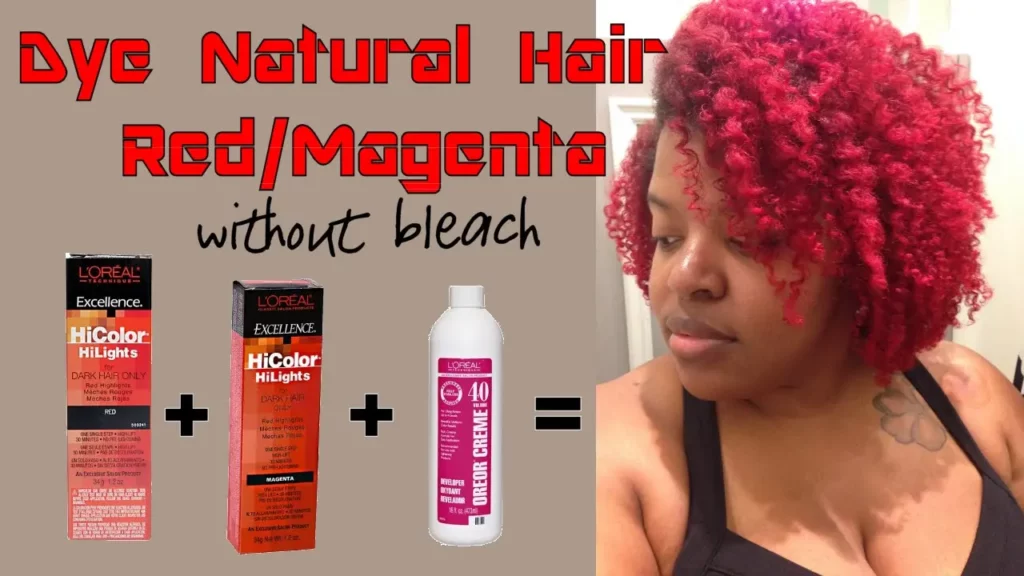
Does L’Oreal HiColor have bleach in it? (Let’s find out)
Many people have been asking Does L’Oreal HiColor have bleach in it, so we decided to investigate.
L’Oreal HiColor has been a popular hair color for decades. It is a lightening hair dye that gives your hair a bright and vibrant color.
L’Oreal HiColor does not have bleach in its formula, but it does contain peroxide which can cause some damage to your hair if you use too much of it.
The L’Oreal HiColor hair dye is gaining much popularity because it allows you to get the colour desired in a very short period of time.
Additionally, there are no chemicals like bleach used in it. This prevents the risk of losing your natural hair colour and having to go back to salon every few days
We review products in part 2 of this article, which will help you decide on whether it is a product worth trying.
Does L’Oréal Hicolor Damage Your Hair?
HiColor is a L’Oreal product formulated specifically for color hairstyling. It can easily turn your natural hair color into an array of other colors entirely in just one step.
L’Oreal HiColor promises to give a beautiful and natural finish with no bleach. The bottle does not prevent you from experiencing chemical damage, like bleach would but the expectation is that it won’t. This allows you to try the product with much less worries than seen with other products on the market.
It is not uncommon for products that don’t contain bleach to still contain hazardous chemicals. It is important to avoid potentially harmful ingredients and chemicals, no matter what their presence in the formulation.
L’Oreal HiColor Requires 30 to 40 Volume Developer
Here’s where things get hairy: the instructions provided by L’Oréal HiColor hair dye indicate that they should be mixed with a 30 or 40 volume developer. It may appear challenging, but this step is vital to achieving the best color results.
Developers come in many levels, including 10, 20, 30, and 40. The higher the level, the more lift and potential damage you can expect. Here, we’ll take a look at each developer strength when used with permanent hair color:
- 10 volume developer: It’s a deposit-and-lift option (no damage) that opens the hair cuticle very slightly.
- 20 vol developer – can be used for a variety of things including color or hair products. Some people notice when they’ve used it that their hair is drier than normal.
- 30 volume developer is a range of developer that when used can produce 2 to 4 levels. It can get rid of grey hair but it will also make your hair dry and brittle.
- 40 volume developer – The high-impact color effects & gray coverage are produced by the four-level lift. The benefits of the formula result in a final lift that works 3 to 4 levels higher than most liquid volume.
Using products with high developer strength is likely to cause damage or breakages. This is one reason why you should always do your research and test products out on a patch of hair.
Since L’Oreal HiColor hair dye need a 30 or 40 volume, it’s important to use a conditioner and shampoo after applying the color. Some common side effects are increased breakage, and split ends.
How to Minimize Damage with L’Oreal HiColor (Before Dyeing)
Some people color their hair without damaging it, while others damage it by using hair dye and high-volumes.
It’s recommended that you follow these steps to guarantee the best styling after dyeing your hair so that it stays healthy.
Look at Your Hair
Before you even think about applying volume developers, an important step is to examine your hair. If you already have breakages and split ends, it’s not a good idea to use volume developer on your hair.
You’re probably a good candidate for L’Oreal HiColor if your hair is healthy and clean.
Refrain From Damaging Styling Practices
You should try to avoid heat-styling and chemical relaxing procedures for a week or two after coloring your hair. The best way to do this is by leaving your hair in its natural condition when you bleach it.
If you use long styles, think box braids or faux locs, they can leave your hair vulnerable to damage from coloring. If you are going to color your hair, it’s best to stick with more low impact styles like simple bobs.
Note: If you are trying to dye your hair, be careful with the color change choices. For example, going from dark brown hair to intense red or a brighter shade will require some type of lightener and it will expose your hair’s natural color.
Don’t Wash Your Hair
If you have been dying your hair at home, please make sure to avoid shampooing your hair for a couple of days before coloring it. If you don’t do so, the effects of high-lift color can ruin the natural oils (sebum) on your scalp and cause damage.
When you wash your hair before colouring it, the sebum that’s already on your scalp will be rinsed away, leaving no barrier between it and the colourant.
A raw scalp and hair dye can cause a lot of problems if used incorrectly. These include causing redness and swelling, as well as leading to the potential for hair loss.
It’s important to clean your hair first before using cosmetic products. That way, you can give your scalp time to produce more sebum which will help protect your hair when applying colors.
Moisturize and Deep Condition
In order to make sure you don’t suffer damage or dryness after dyeing your hair, it’s essential that you get some strength and hydration in beforehand. The best way to do this is by deep conditioning not just your hair but also yourself.
Read the Instructions Carefully
You can make sure lack of hair damage down the road by reading L’Oreal product names directions & ingredients right away. Just by doing so, you can reduce the likelihood of getting a bad experience from your products.
They’ll tell you how much hair color and developer to mix, how long to leave it on your hair, and more.
Read through the instructions completely before using the dye. If you have any questions, speak to a professional hairstylist or call the manufacturer. After reading and understanding the directions, use hair dye responsibly!
Do a Strand Test
Before you start, you should read through the instructions a few times and familiarize yourself with how to use the hair dye. Before starting the strand test, it’s best to prep your hair first.
Protecting your hair and scalp from damage can be easy with the right measures. To do the strand test, follow the instructions below:
- Put on gloves to protect your hands.
- Mix in 1 teaspoon of L’Oreal HiColor hair dye and 1 half a teaspoon of developer into a bowl. If the instructions on the package are different from these, go by those instructions instead.
- Take a small section of hair near the back of your head and use a color.
- Wait for half an hour, then rinse the hair color from your hair strands and allow it to air dry.
- 24 hours later, note the following:
- How does your hair look? Is it the color you were hoping for?
- Does your hair feel smooth and supple or brittle and broken?
- Put a strand of hair on a ruler and then stretch it – if the strand doesn’t bounce back up, it can become dry and lose its elasticity
After doing the strand test, you can decide if it is worth going through with crazy colors or not. You can also see if there are ways to cut down on processing time prior to color application.
Limit Damage After Dyeing
Hair that has been dyed with L’Oreal HiColor will now be porous and more prone to damage. However, there are some things you can do to keep your hair healthy and vibrant:
- Give your hair a break – Avoid washing your hair or styling it too much, and cover your hair during the night to prevent it from losing moisture.
- Condition often – Get used to washing your hair and conditioning it at least once every week. Conditioning it regularly is imperative for preventing split ends, dryness, and other problems.
- Use a heat protectant –If you want your color-treated hair to avoid heat damage, then it is imperative that you use a heat protectant first. A protective barrier will protect the hair from being damaged by the heat source.
- Put the blow-dryer down – Blow dryers are a great way to style hair; they use heat that gives hair good volume and shine. But, they can cause major damage to color-treated hair. Try air-drying your hair instead of using a blow dryer.
Conclusion
This may seem overwhelming, but it’s absolutely necessary to protect your hair from color overload.
If you don’t want to invest the time or money in permanent dye, the semi-permanent option is a good choice. The free time and lack of damage you get from these colors makes it worth the splurge.
With L’Oréal HiColor, it’s important to take a lot of care when applying hair color so your color is not damaged.
Prolonged exposure to harsh sunlight can have a detrimental effect on your hair and you’re in need of protecting that.
Though L’Oreal HiColor does not contain bleach, it will not damage your hair as badly as bleach would. This product is still effective when it comes to removing unwanted gray hairs.
Our hope is that you’re able to use these tips to make your hair look great, with minimal effort & no damage.
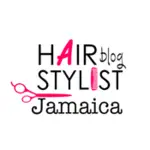

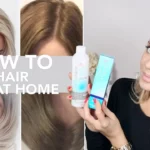
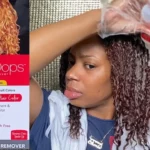
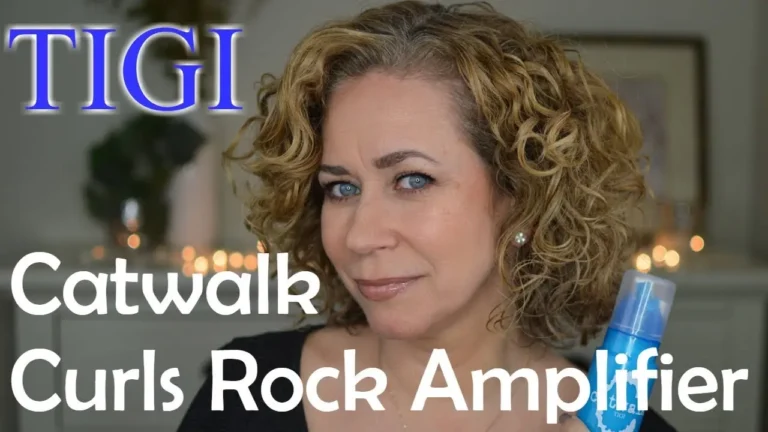
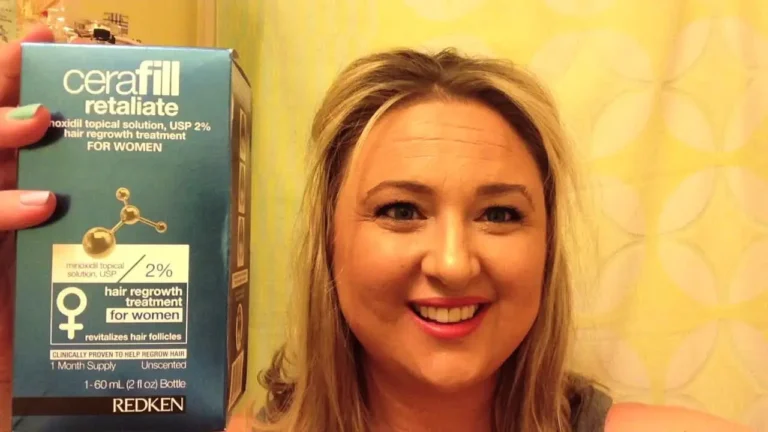
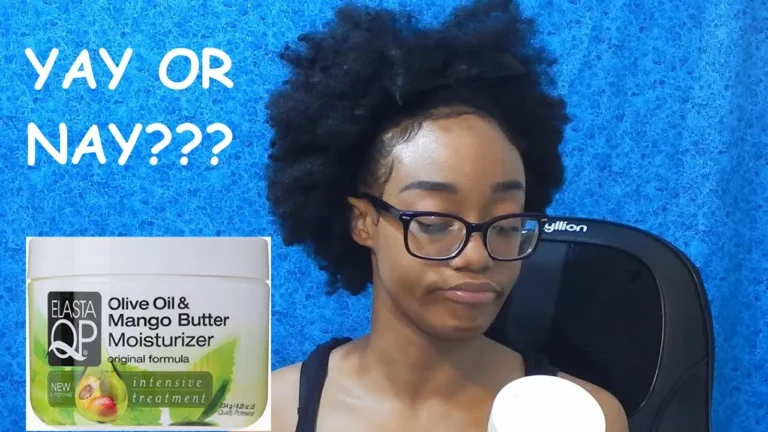

Comments are closed.